7667766266
enquiry@shankarias.in
Scientists have recently developed fabricating paper-based devices using an Advanced PAP (A-PAP) pen.
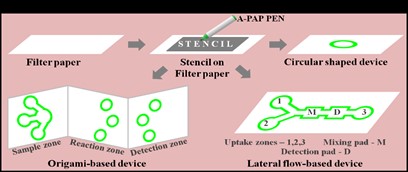
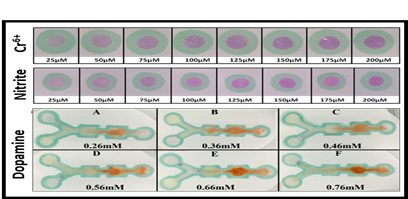
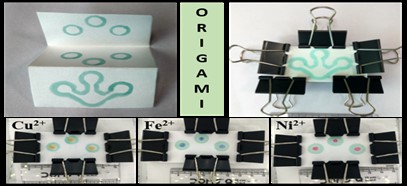
Paper-based devices
Reference
PIB | Advanced PAP (A-PAP) pen
The Union Cabinet chaired by the Prime Minister has recently approved the development of Venus Orbiter Mission (VOM).
Venus
1 AU represents the distance between Earth and the Sun.
References
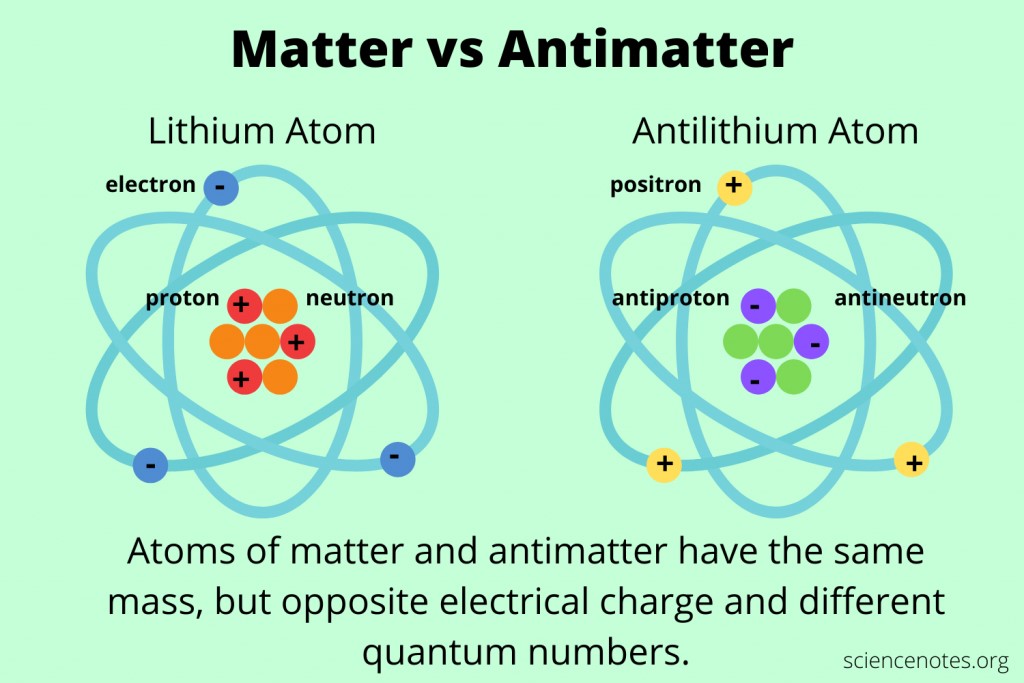
References
The Union Cabinet approved the Biotechnology Research Innovation and Entrepreneurship Development (Bio-RIDE) scheme to support cutting-edge research and development in biotechnology.
References
Pench Tiger Reserve in Madhya Pradesh faces Habitat Strain recently due to Spotted Deer Overpopulation.
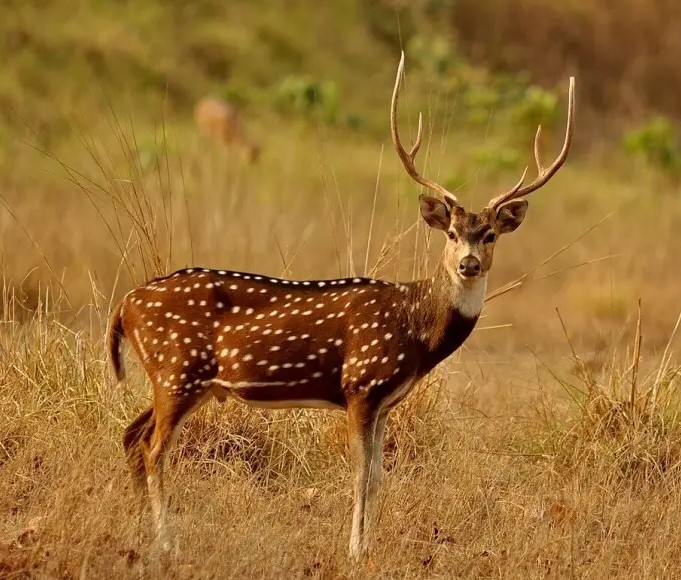
Reference